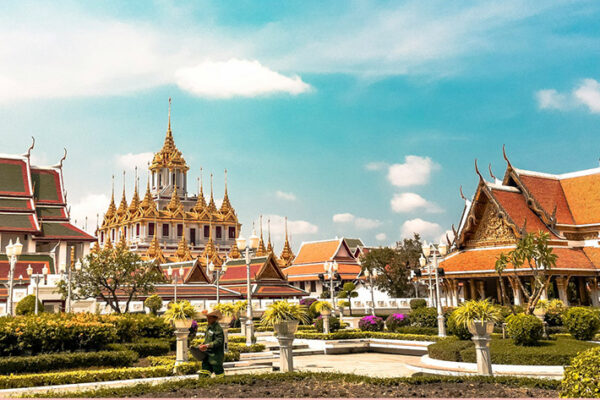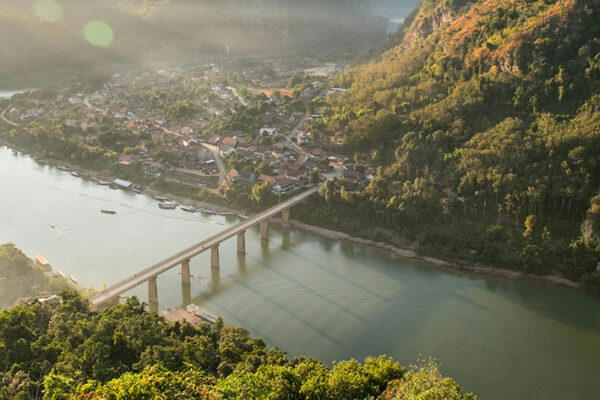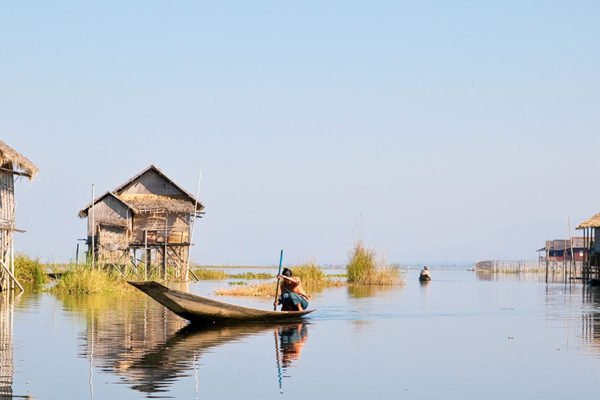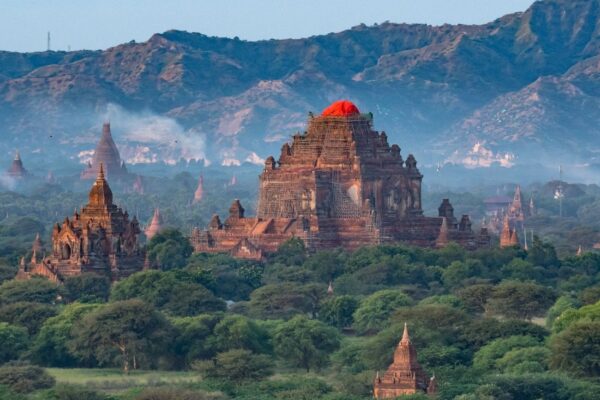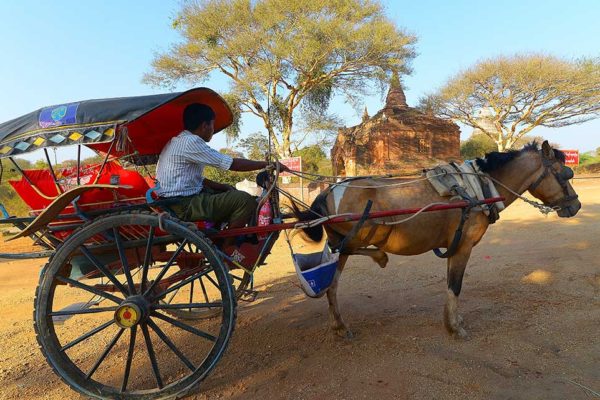18 Essential Facts About Myanmar That Every Traveler Should Know
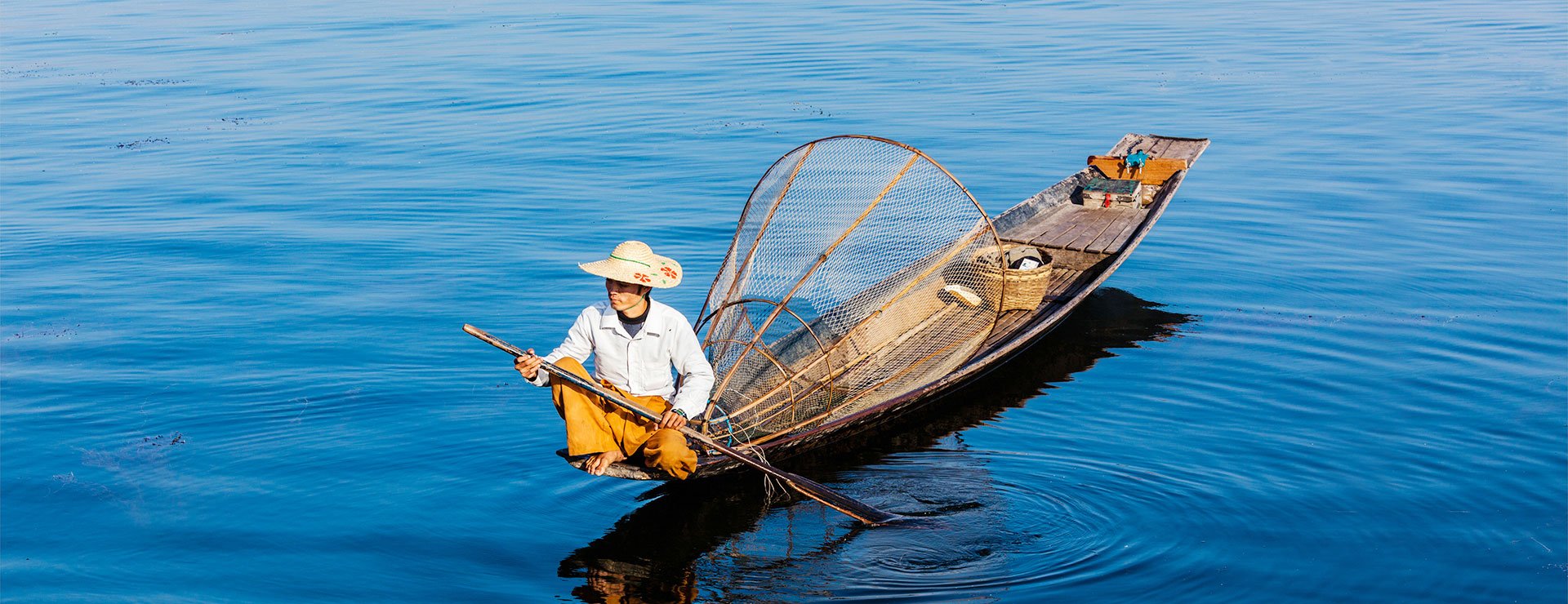
Myanmar is a country of golden pagodas, timeless rituals, and warm hospitality. These 18 essential facts about Myanmar will help you uncover its culture, history, food, and festivals with confidence, ensuring your first visit is as respectful as it is unforgettable. Whether you’re strolling through Yangon’s colonial streets, floating along Inle Lake, or marveling at sunsets in Bagan, these insights prepare you for a journey rich in meaning and comfort.
Big-Picture Essentials About Myanmar
Fact 1: Myanmar vs. Burma – Which Name Should You Use?
One of the most common questions asked by travelers to Myanmar is about the country’s name. Formerly known as “Burma,” the country officially adopted the name Myanmar in 1989. This change was intended to reflect its cultural diversity, extending beyond just the Burman majority.
While on the ground, you’re likely to hear locals use both “Myanmar” and “Burma,” often switching between them casually in conversation. In formal contexts, such as government documents, embassies, and airlines, “Myanmar” is predominantly used. However, some older generations may still refer to the country as “Burma.”
The key takeaway is to use “Myanmar” for formal references and signage. But don’t worry if you hear “Burma” in casual conversation; showing respect goes beyond just name usage.
Fact 2: Myanmar’s Geography Shapes Every Journey
Myanmar offers a range of diverse landscapes and cultural experiences, but travelers should be aware that some areas of the country are still affected by ongoing conflict.
The main tourist destinations—Yangon, Bagan, Mandalay, Inle Lake, and Golden Rock—are generally considered safe for visitors in 2025. However, regions in the far north and other peripheral states such as Kachin, Kayah, Kayin, Shan (including areas around Inle Lake where fighting has intensified), Rakhine, Sagaing, Magway, and Tanintharyi continue to experience armed clashes and are unsafe for travel.
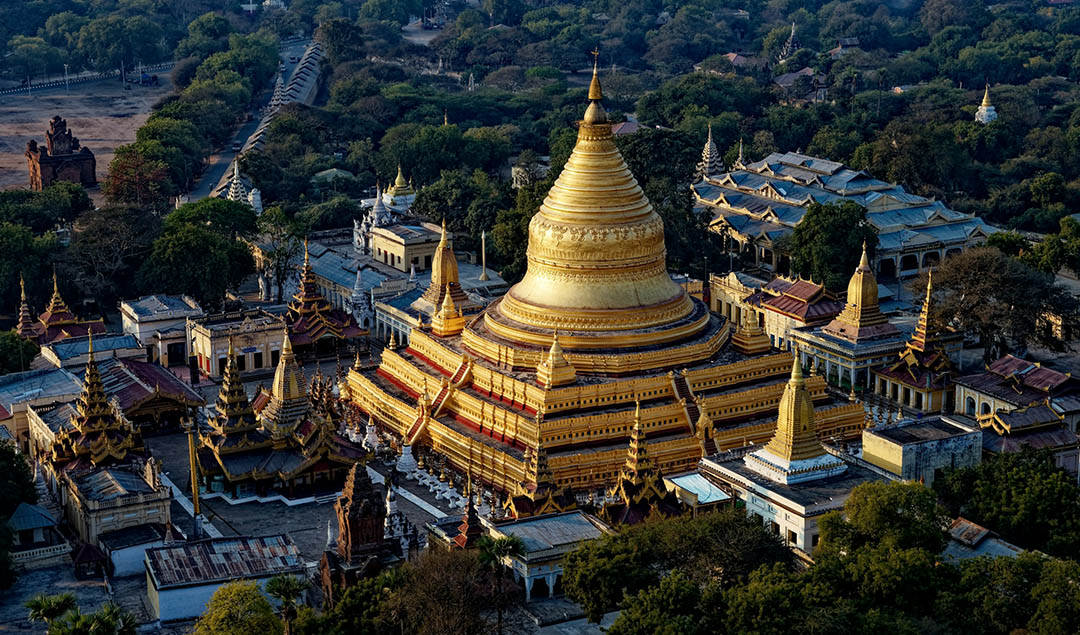
The majestic Shwezigon Pagoda in Bagan
Visitors should avoid venturing beyond the primary tourist corridor, known as the “Tourist Kite” (Yangon, Bagan, Mandalay, Inle Lake), and should continually check for updates from local authorities and trusted tour operators to ensure their safety.
>> See Tour: The Very Best of Myanmar
Cultural Facts About Myanmar Travelers Notice First
Fact 3: Longyi – Wear It, and You’ll Blend In
The longyi — a single piece of cloth tied at the waist — is a staple of everyday wear across Myanmar. Men tie it differently from women, creating loose folds or elegant lines. These cost little (around USD 3–5) and can be found in any market. Visitors who adopt this attire often notice how warmly locals react, sometimes even teaching them how to tie it properly. Wearing one respects culture while also keeping you cool in tropical weather.
Fact 4: Thanaka – Myanmar’s Natural Sunscreen
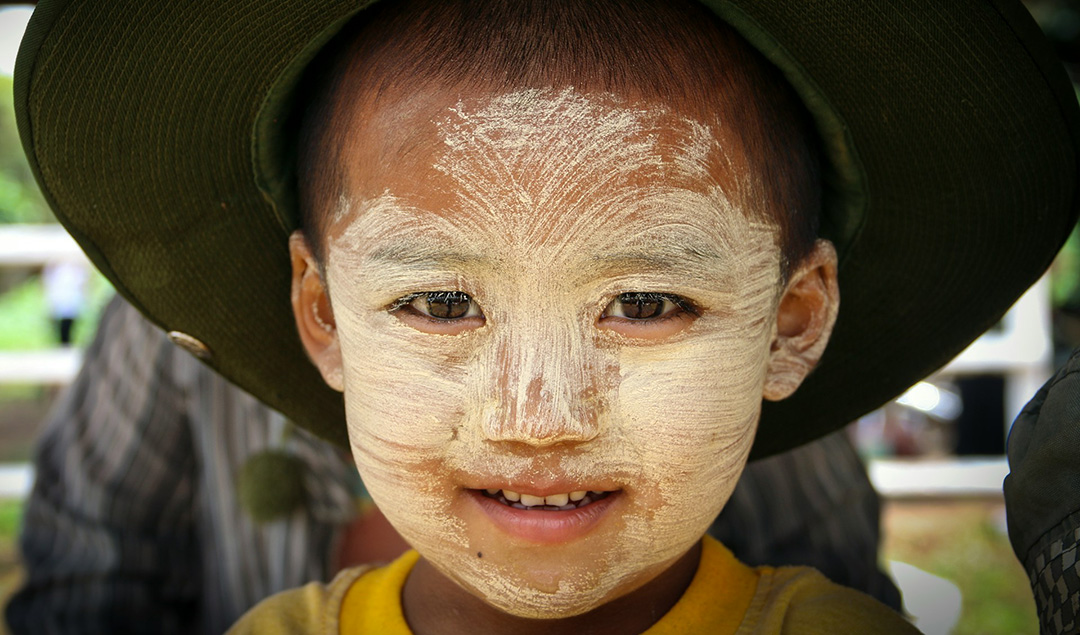
That distinctive golden paste seen on cheeks and noses throughout Myanmar is thanaka, made by grinding wood from the thanaka tree on a stone slab with water until it becomes a soft paste. Its use stretches back 2,000 years: for beauty, cooling, protection, and even ritual. Design varies: children may have large swaths brushed across their cheeks, while women often apply artistic leaf shapes. Travelers are frequently invited to try it at local markets; it feels cool on the skin and provides natural SPF under the Southeast Asian sun.
Fact 5: Buddhism Guides the Daily Rhythm
One of the most striking aspects of Myanmar is the profound influence of Theravāda Buddhism on the national culture. At sunrise, around 05:30, long lines of monks walk barefoot, collecting alms from householders. Pagodas aren’t simply relics of history — they are active centers of devotion. Daily life is punctuated by prayers, offerings, chants, and festivals tied to the lunar calendar. Even architecture reflects cosmology, with stupas built to represent the Buddhist universe. For travelers, slowing down to witness or participate in small acts — lighting incense, pouring water — ensures the experience feels immersive and respectful.
Fact 6: Simple Temple Etiquette You Must Follow
As Myanmar’s pagodas are sacred spaces, proper etiquette is essential. Always remove both shoes and socks before entering the temple grounds. Dress modestly, covering legs and shoulders — long cotton clothing works perfectly in the heat. Keep voices lowered and never point your feet toward Buddha images. Walk clockwise around pagodas to mirror local practice and avoid affectionate displays of intimacy within temple areas. Visitors who follow these norms not only avoid offending locals but often receive appreciative smiles.
>> See Tour: Myanmar Adventure Tour
Historical Facts About Myanmar That Deepen Travel
Fact 7: Bagan’s Pagodas Glow Differently at Golden Hour
Bagan is a crown jewel of Myanmar travel: 2,000+ stupas and temples stretch across plains carved by the Irrawaddy River. Morning at 06:00 is ethereal, with temples in mist and hot-air balloons floating quietly overhead. At 18:00, the sunsets cast gilded tones across the red-brick structures.
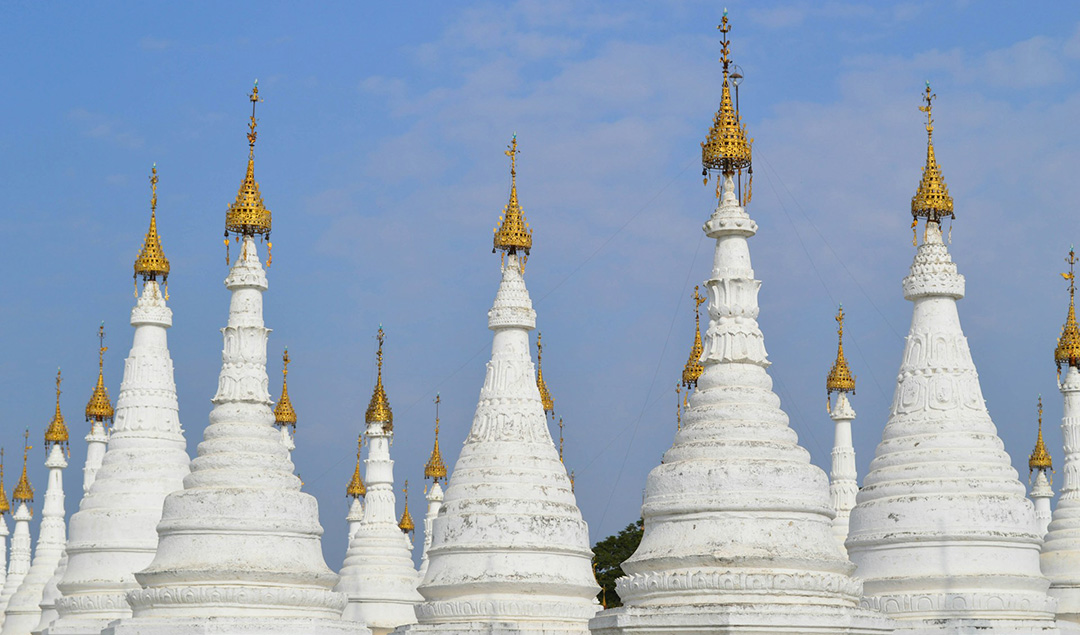
White stupas in the Kuthodaw Pagoda of Mandalay
This UNESCO World Heritage Site was once the capital of a kingdom that ruled from the 9th to the 13th century. Temples, large and small, each hold stories, with murals and carvings spanning centuries. Whether explored by e-bike, horse-cart, or guided walk, Bagan is living history.
Fact 8: Yangon’s Colonial Past Lives in Its Streets
Downtown Yangon, formerly Rangoon, boasts one of Asia’s richest collections of colonial-era architecture. These grand facades — banks, trading houses, hotels — stand alongside tea shops and modern vendors. Many buildings sit gently crumbling, creating a cinematic contrast. A heritage walk at 09:00 reveals intricate carvings, colonnaded porches, and the legacy of British urban planning. Tea shops bustle inside once-proud colonial buildings, a reminder of how old layers merge with daily life.
Fact 9: Mandalay Holds Royal and Spiritual Significance
Founded relatively recently in 1857, Mandalay remains the cultural heartland of Myanmar. The imposing palace (rebuilt after WWII destruction) anchors the city, but its spirit radiates beyond. Sunset from Mandalay Hill reveals hundreds of pagodas dotting the valley. Nearby Sagaing is one of the country’s most important monastic centers, housing thousands of monks and nuns. Workshops continue traditional crafts: puppetry, silk weaving, gold leaf, and stone statuary. Encountering an artisan at work transforms sightseeing into connection.
>> See Tour: Myanmar People & Heritage
Festivals and Living Traditions in Myanmar
Fact 10: Thingyan – Water Festival with Deep Meaning
Thingyan, the traditional water festival held annually in April, remains a significant cultural event that symbolizes renewal and forgiveness. However, due to ongoing civil unrest and periodic state of emergency restrictions, large public celebrations and gatherings may be limited, disrupted, or canceled in some areas in 2025.
Travelers planning visits during Thingyan should confirm local conditions and expect that festivals might be scaled down or replaced with more subdued observances, especially outside major urban centers. Observing local sensitivities and prioritizing personal safety during this period is essential.
Fact 11: Thadingyut – Festival of Lights Across Myanmar
Occurring in October, Thadingyut celebrates the Buddha’s descent from heaven and expresses gratitude to elders and teachers. From 18:00 onwards, streets and temples sparkle with rows of candles, lanterns, and neon lights. Families offer food to monks, and children set out candle trays. As a traveler, lighting a candle at a pagoda allows you to join respectfully. The air is festive yet spiritual, combining gratitude with celebration.
Unmissable Travel Experiences in Myanmar
Fact 12: Shwedagon Pagoda at Sunset
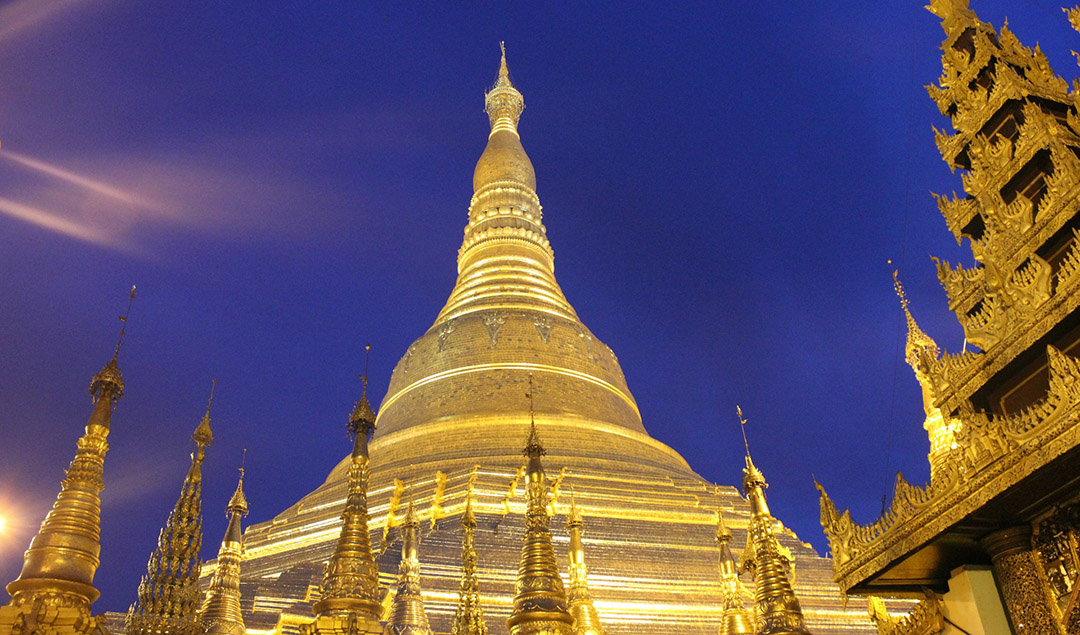
Yangon’s Shwedagon Pagoda continues to be Myanmar’s iconic spiritual landmark, attracting both locals and visitors for daily worship and spectacular sunsets. Nevertheless, travelers should be aware that political tensions and security measures remain in place in Yangon and other cities. Access to some public places may include security checks, and disruptions to normal activities can occur unexpectedly.
Visitors should remain vigilant, follow local rules carefully, and avoid demonstrations or large gatherings while visiting the pagoda
Fact 13: Bagan by E-bike or With a Guide
Exploring Bagan requires a thoughtful approach. Renting an e-bike at 5:00 AM allows you to glide through narrow lanes and enjoy the sunrise from quieter pagodas. Hiring a guide can enhance the experience by interpreting centuries-old murals and explaining symbolism that travelers might otherwise overlook.
Regardless of your choice, it’s best to allow at least two full days for exploration. Families may prefer horse-drawn carts, which follow traditional routes past village temples. Each path offers a unique perspective, reminding you that Bagan cannot be experienced quickly—it must be savored.
Fact 14: Inle Lake Leg-rowers and Floating Gardens
Inle is famed for its fishermen who row standing up, balancing nets with one leg wrapped around an oar. While some pose for tourists, many continue the genuine practice early mornings (around 06:00–07:00).
You can explore off the beaten path like discover floating tomato gardens, local monasteries, and weaving villages where artisans create thread from lotus stems. Enjoy unforgettable meals on stilted platforms above the water. By spending the night on the lake, you can experience the natural rhythm of dawn, noon, and dusk just like the locals do.
Fact 15: U Bein Bridge at Dawn
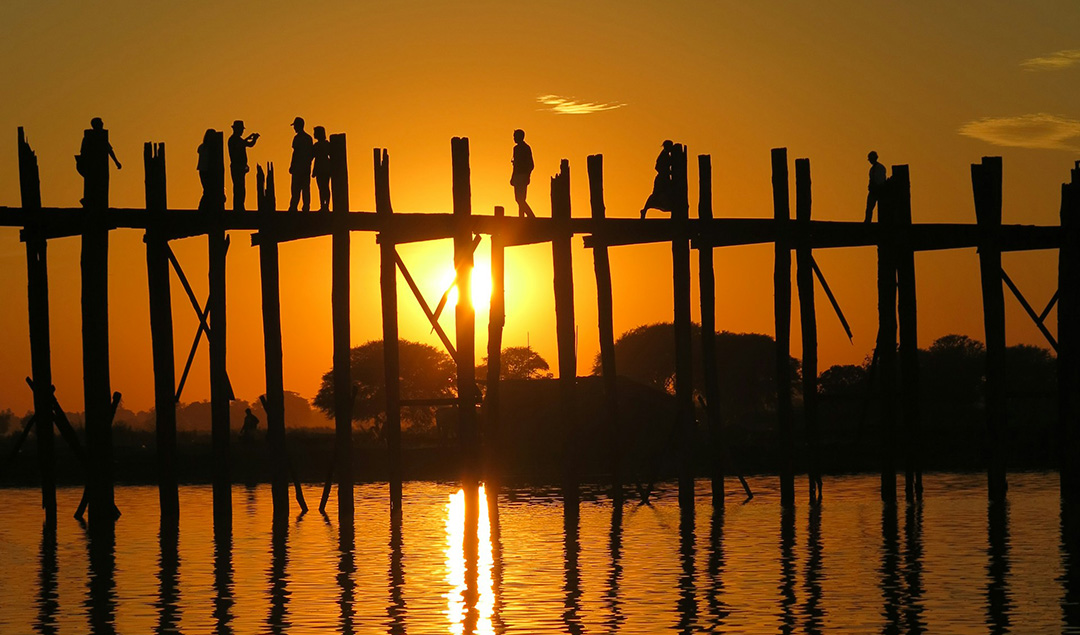
At 1,200 meters long, U Bein is the world’s longest teak bridge, built from reclaimed palace wood in the 19th century. Arrive at 05:30 before the buses of tourists flood in. You’ll share the bridge with monks, fishermen, villagers carrying baskets, and cattle herders guiding their animals across water shimmered pink by sunrise. Watching its giant silhouettes stretch across the still lake feels timeless.
Food Facts About Myanmar to Order With Confidence
Fact 16: Laphet Thoke – Tea Leaf Salad
Unlike anywhere else, Myanmar eats fermented tea leaves. Laphet thoke mixes them with beans, peanuts, sesame, garlic oil, and chili. The taste? Tangy, crunchy, slightly bitter, and highly addictive. It’s often served at family occasions as a symbol of hospitality. Travelers can taste versions in both humble teahouses or fine restaurants — a dish that reflects Myanmar’s soul.
Fact 17: Mohinga – Myanmar’s Breakfast Staple
Rise early and watch Yangon vendors ladle steaming bowls of mohinga between 06:00–09:00. This fish-broth noodle soup flavored with lemongrass and garnished with crispy fritters is beloved by all classes. Sold at stalls for as little as USD 1–2, it is filling and aromatic, and virtually every Burmese will tell you it’s their “true breakfast.” For visitors, it’s both sustenance and a cultural bond.
Fact 18: Curry Meals and Street Snacks
Ordering a curry at a Myanmar restaurant is an education. One main dish comes surrounded by a dozen sides: pickles, vegetables, soups, dips, and limitless rice. Generosity, not chili, defines the meal. Street snacks further showcase diversity: hot samosas, chickpea fritters, banana cakes, and roasted corn. Follow locals toward crowded stalls — busy means fresher and safer. Eating in Myanmar is as much about fellowship as flavor.
Responsible Travel in Myanmar
Respecting local culture and traditions remains vital, but travelers must also consider security by avoiding potentially hazardous areas and adhering strictly to all local laws. Photographing specific sites or people, especially in sensitive or conflict zones, may lead to legal problems or conflict with authorities. Supporting local artisans and communities remains a positive way to contribute, but always with an eye to your personal security and the broader political context. Emergency access and medical facilities may be limited in many regions, so thorough preparation and contingency plans are necessary before traveling
From pagoda-dotted plains to misty lakes, from joyful water fights to fish broth breakfasts, Myanmar is a place where traditions are alive in daily life. These 18 essential facts about Myanmar provide a foundation for deeper travel experiences, offering guidance on how to dress, dine, participate in festivals, and approach sacred spaces with respect and humility.
For a journey that goes beyond mere sightseeing to include heartfelt discovery, let Asia Pioneer Travel create a custom itinerary for you. With our local insights, seamless planning, and a focus on respecting communities, you won’t just see Myanmar; you’ll feel its spirit long after the golden sunsets have faded.
